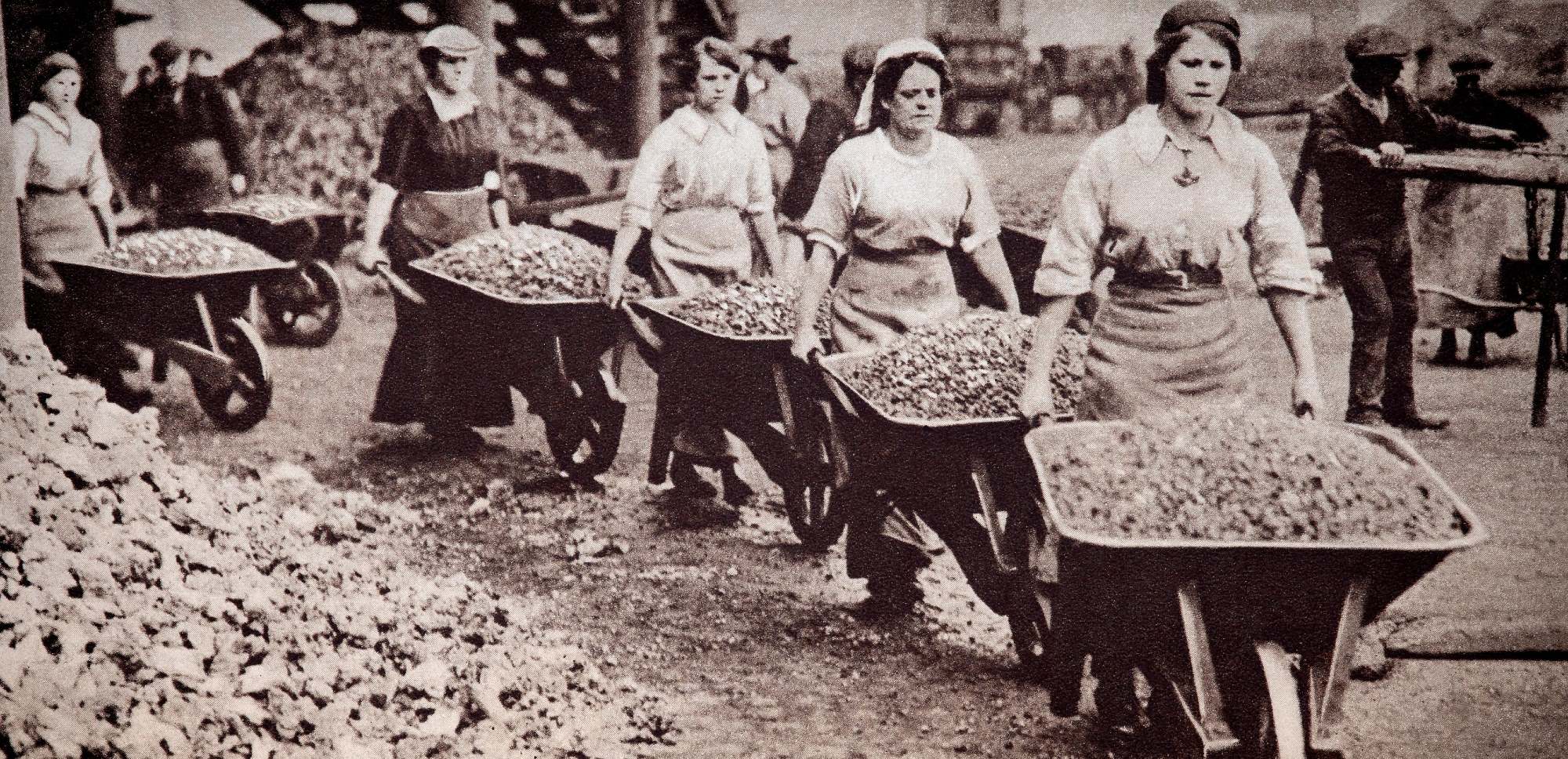“Young ladies, I’ll be frank: the majority of our men have died on the front and only one out of ten among you will end up married. The rest will have to learn to work and look after themselves”. Those were the words of a principal who gathered her female pupils after the end of World War I, as told by Virginia Nicholson, Virginia Woolf’s grandniece, in her book Singled Out: How Two Million of British Women Survived Without Men After the First World War.
Paradoxically, along with the rebellion of the first suffragettes who conquered the right to vote in the United Kingdom –together with the Parkhursts-, one of the main triggering factors of the incorporation of women in the labour world was WW I. For the sake of a purely historic need -men were on the front-, women went massively to factories to perform a traditionally masculine work. It was there were they proved that they could play the same role providing that they were given the chance. After the ceasefire, a window of opportunity opened, confirming the path taken. Socially, single women were not called spinsters anymore: they were considered strong, independent women facing adversity.
That first taste of freedom turned into an unstoppable wave that would reach all the shores of the labour world progressively. Nevertheless, there are still sectors either impervious to the incorporation of women or with very low percentages of feminine representation. Construction, where until now the image of a male brickie on a scaffold prevailed, is one of the most glaring examples of this. In the vein of STEM careers, where parity is still far from a reality, the percentage of women working in construction industry in the USA is just 10%. In countries like Chile is even lower, just 6.1%. But women’s integration in this sector is not just a matter of parity and social justice; it’s imperative in times where labour is scarce.
This is a complex issue and, as such, there are no simple solutions. The reasons behind it are varied: lack of training, information and representativeness, or a social perspective that deters women to consider themselves as candidates to work in the sector, are some that are pointed out frequently. Nowadays, every party involved in the construction world has the responsibility to reduce that historical gender gap. Only by working transversally within academic and professional environments will we be capable of walking the right path. More than recipes, the following are some of the strategies that can contribute to it.
Lessons in leadership
The coronavirus crisis has been compared to a war. In that sense, we could also find a lighter side to it as happened after the First World War. They say that the stature of a leader can be measured in times of crisis; a moment when, apart from leading, it’s time to inspire as well. The current pandemic has given numerous women the opportunity to prove their ability in positions of responsibility.
Jacinta Arden in New Zealand and Angela Merkel in Germany are examples of effective management. It would be positive that many other sectors that were male-prevailing until now took notice of those results. Once again, beyond a parity perspective, we’re before the opportunity to bring in deeper, more enriching approaches, as explained in this Harvard Business Review article.
